Celebrating our Re-accreditation by the Land Trust Accreditation Commission!
/The Shasta Land Trust is proud to announce that we have been awarded re-accreditation by the Land Trust Accreditation Commission!
The desire to renew accreditation demonstrates our ongoing commitment to permanent land protection in northern California, with over 31,992 acres of farmland, open space, and wildlife habitat protected since our founding in 1998.
Accreditation demonstrates sound finances, ethical conduct, and responsible governance as an organization, and signifies the ability to provide lasting stewardship of our conserved properties. Over a one-year period our organization provided extensive documentation and was subject to a comprehensive third-party evaluation prior to achieving this distinction. Out of 1300+ land trusts across the United States, only 461 are accredited.
Our rich natural resources, open spaces, and scenic beauty of northern California are essential to the health and vibrancy of our local ecosystems and community. As we work together to protect natural habitats and diverse ecosystems threatened by development, we are grateful for our community of willing landowners, partners, and donors who support our mission. We are proud to serve our community and hope you join us in celebrating our continued commitment to protecting the land you love.
About the Land Trust Accreditation Commission: The Land Trust Accreditation Commission inspires excellence, promotes public trust and ensures permanence in the conservation of open lands by recognizing organizations that meet rigorous quality standards and strive for continuous improvement. The Commission, established in 2006 as an independent program of the Land Trust Alliance, is governed by a volunteer board of diverse land conservation and nonprofit management experts. For more, visit www.landtrustaccreditation.org.







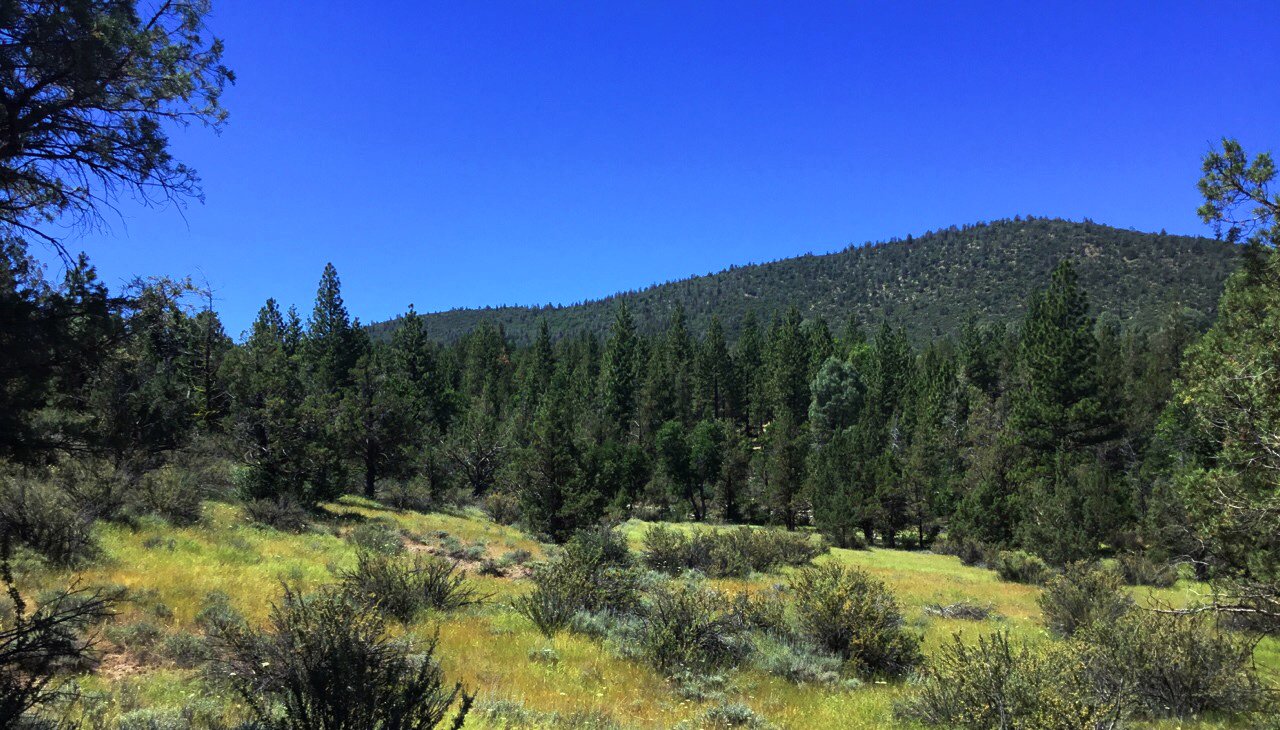




































































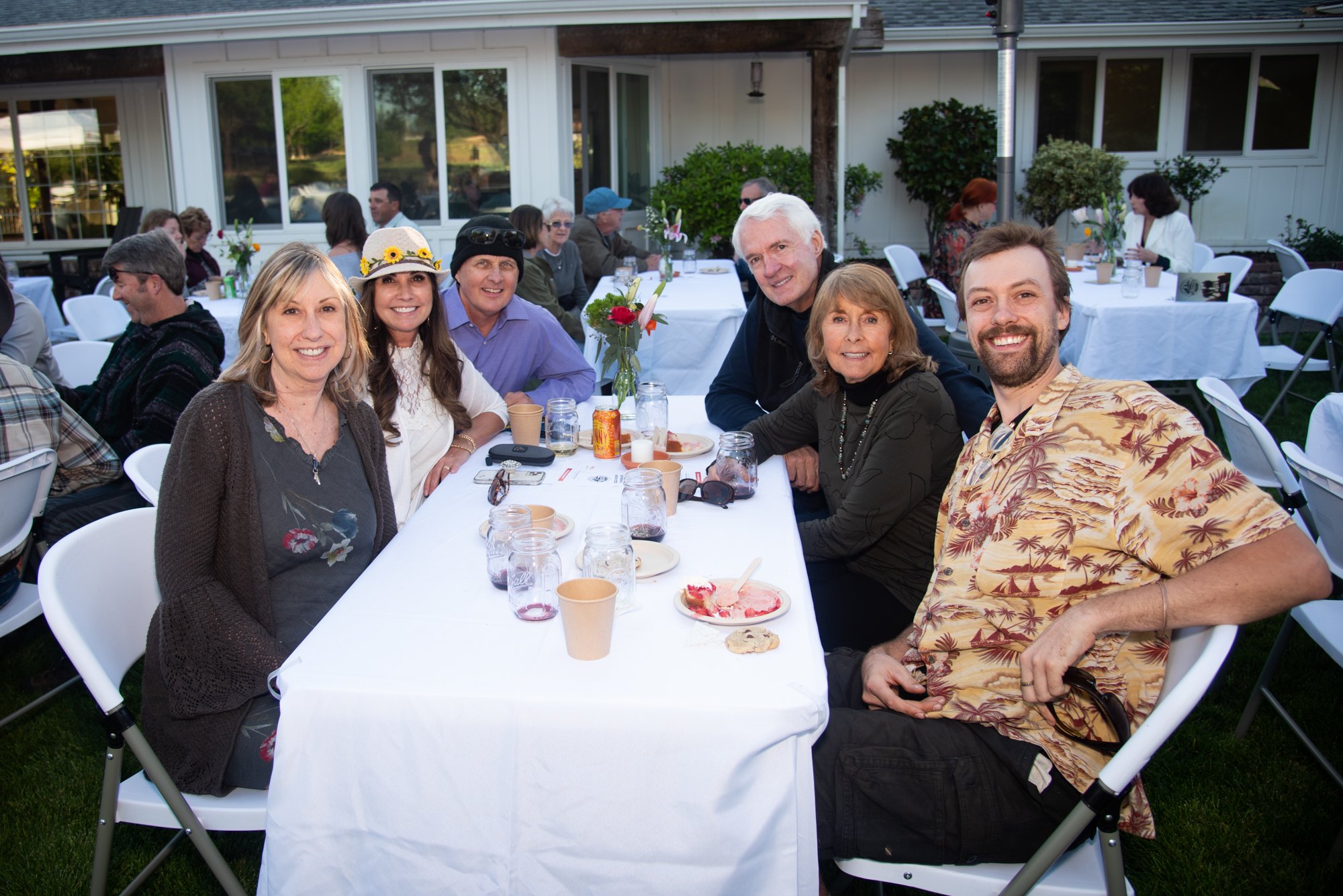










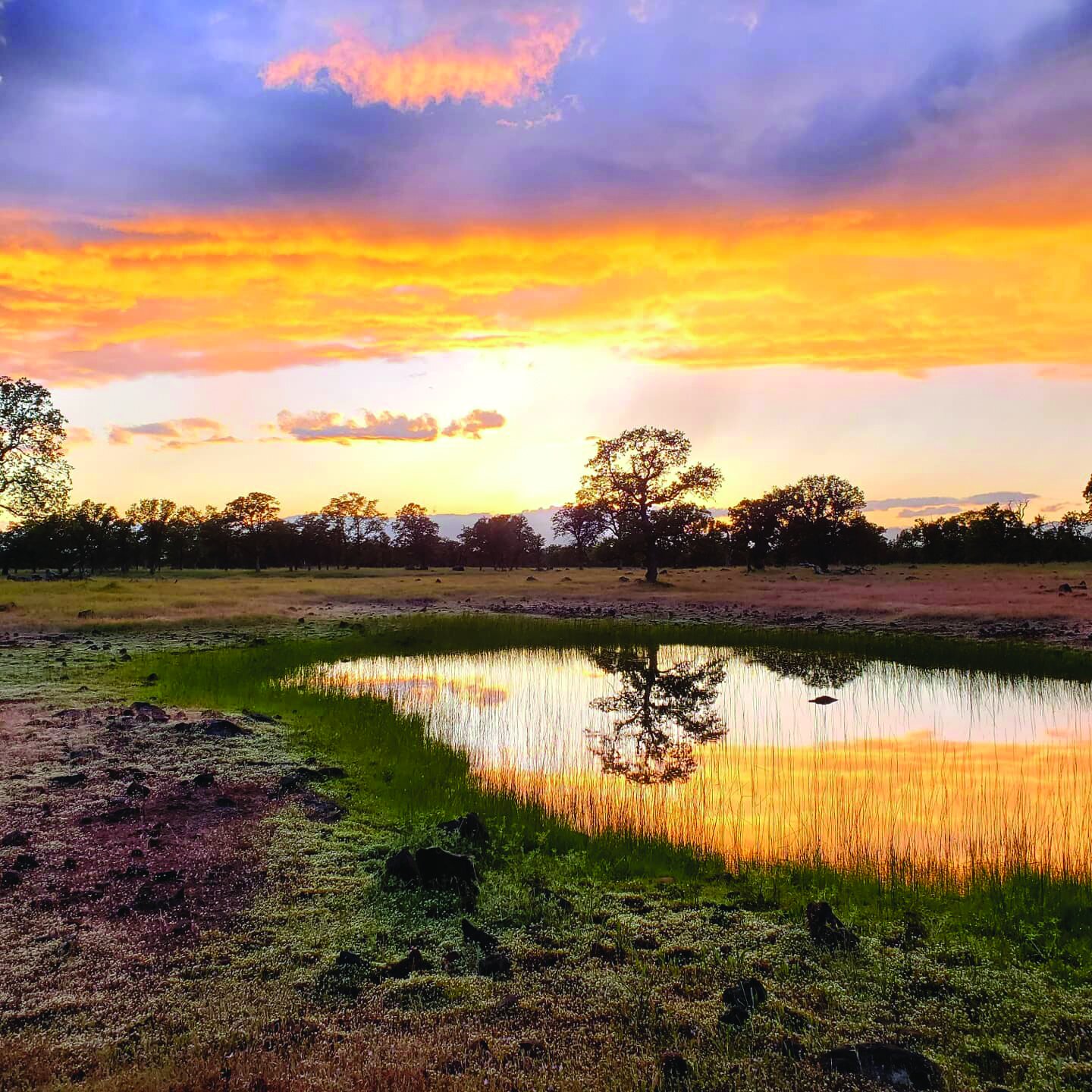

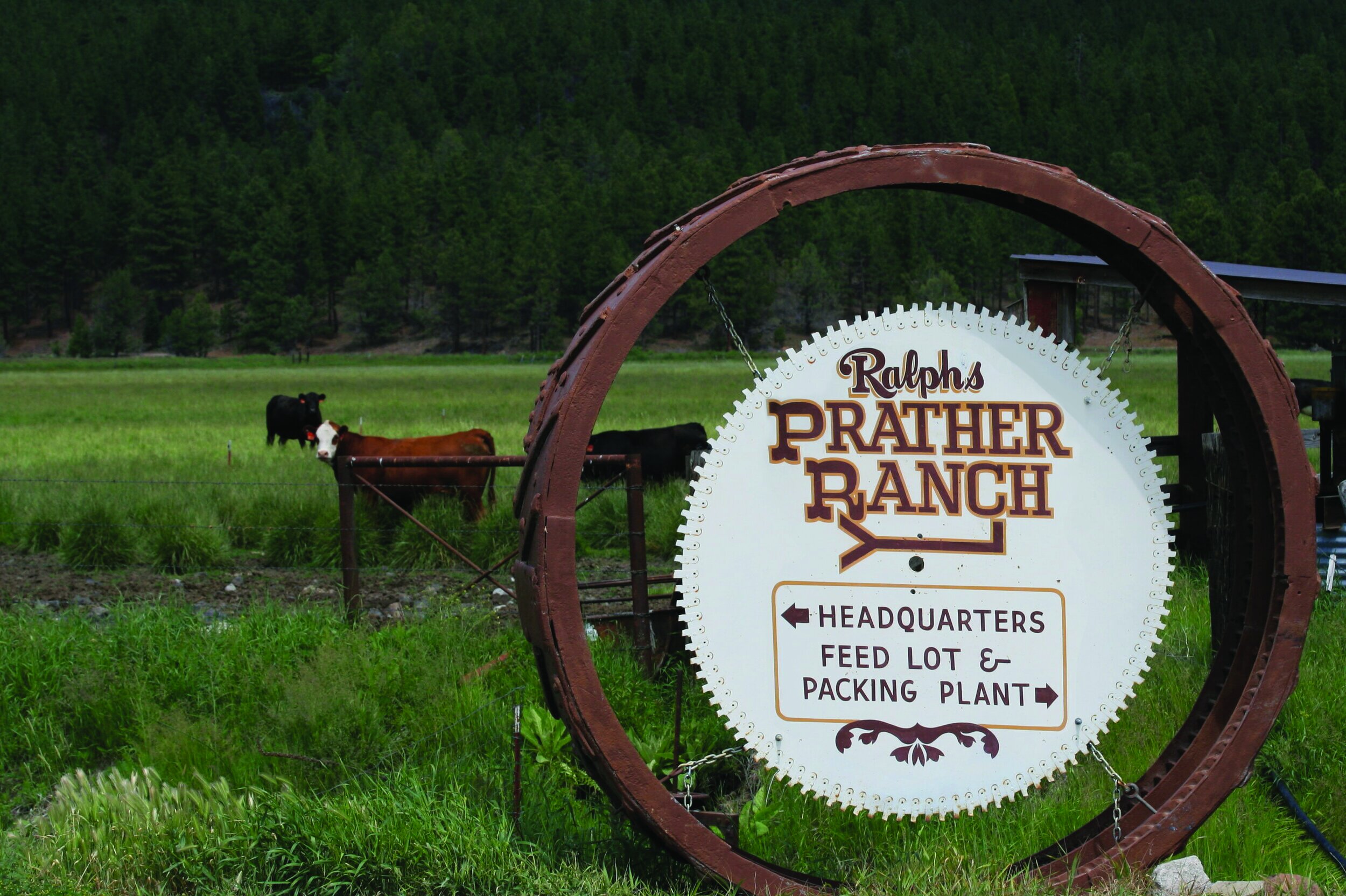
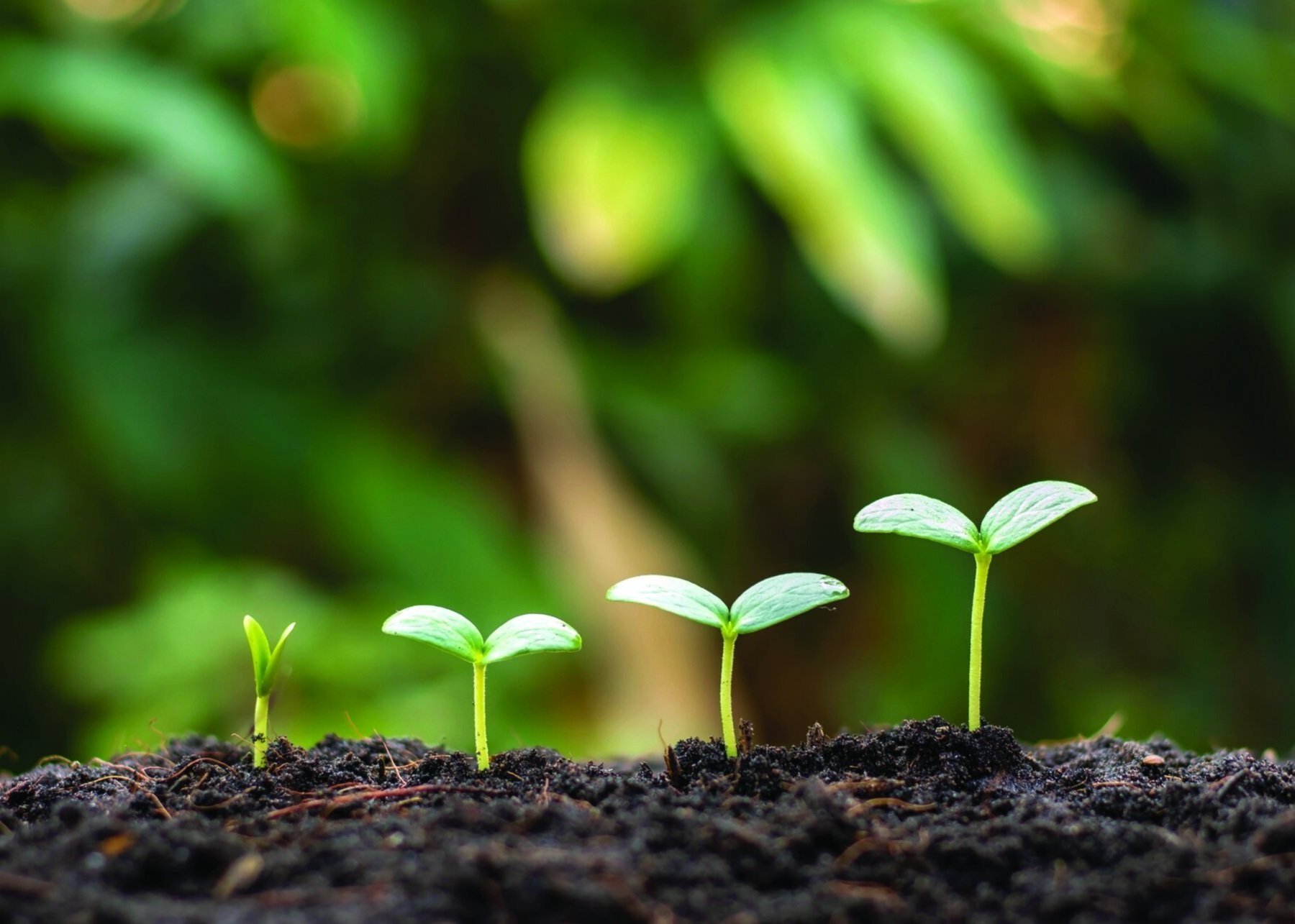

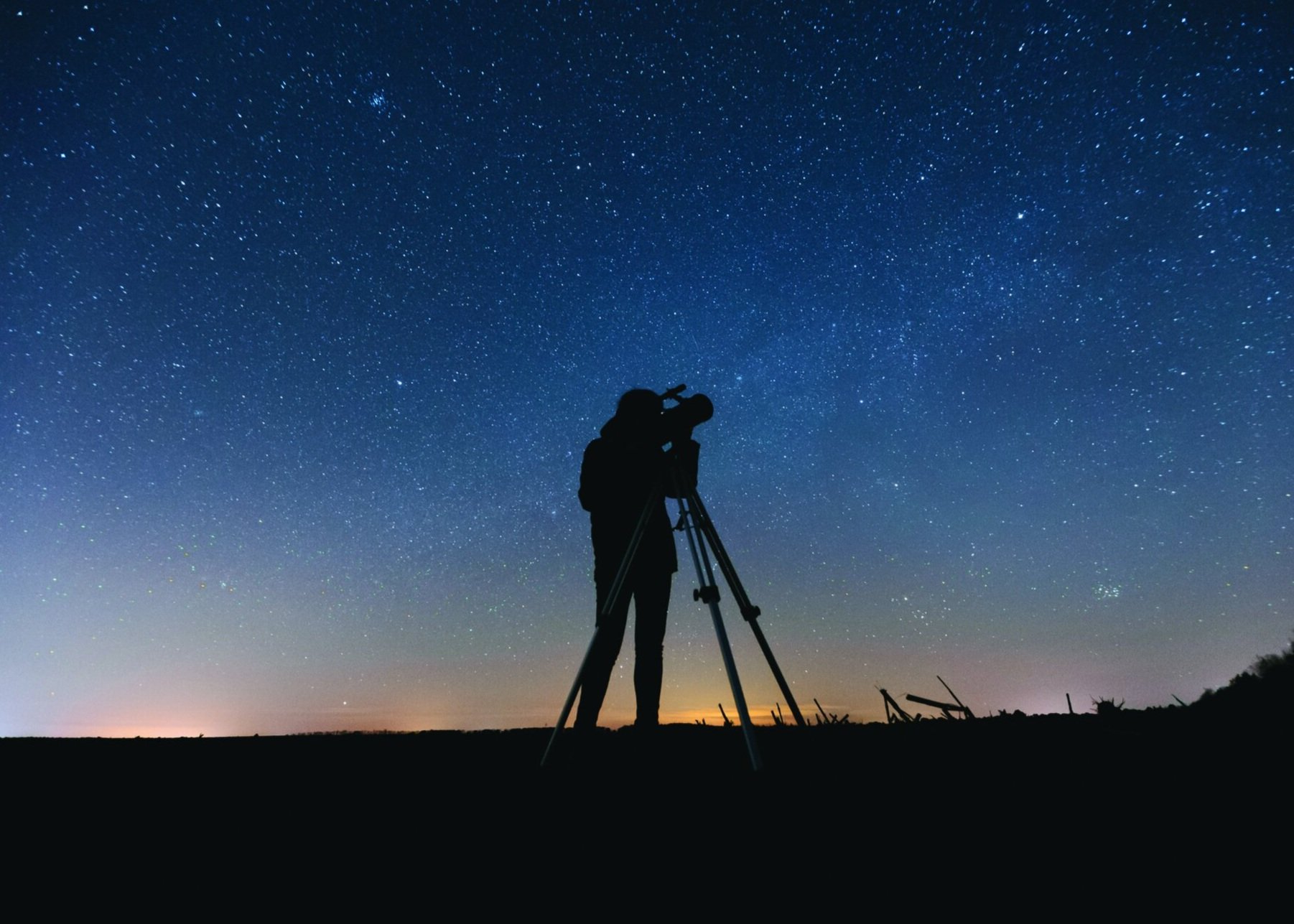


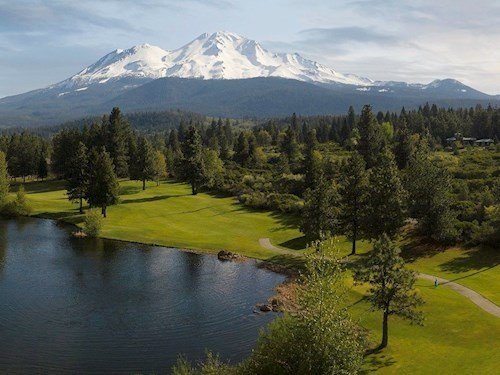


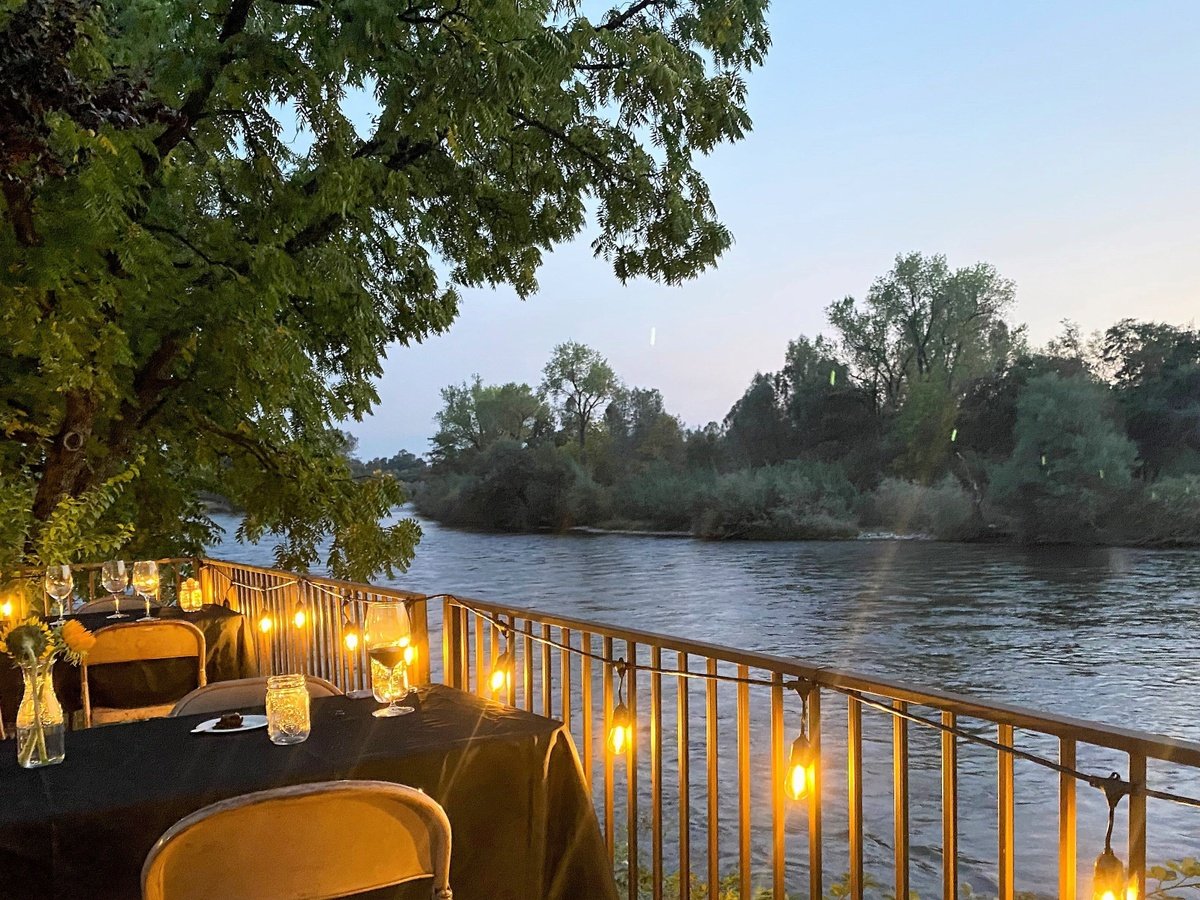
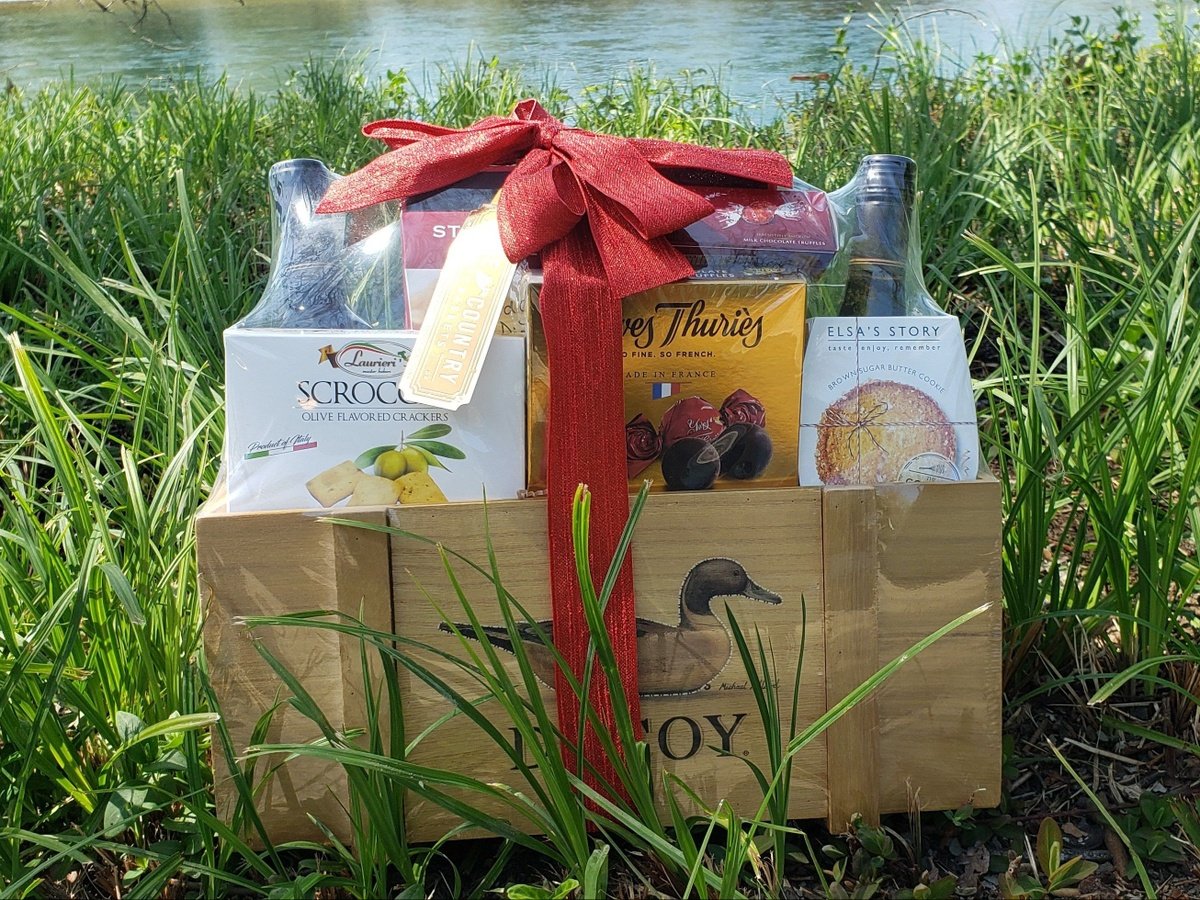
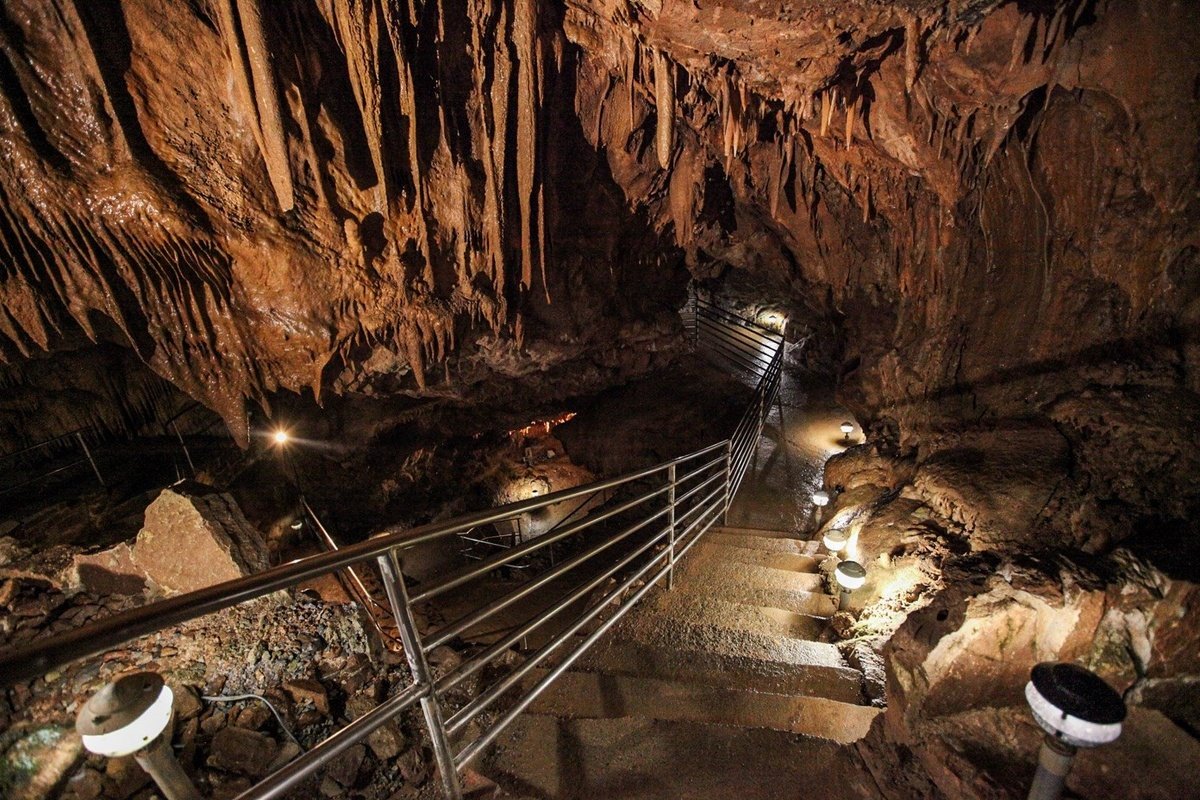
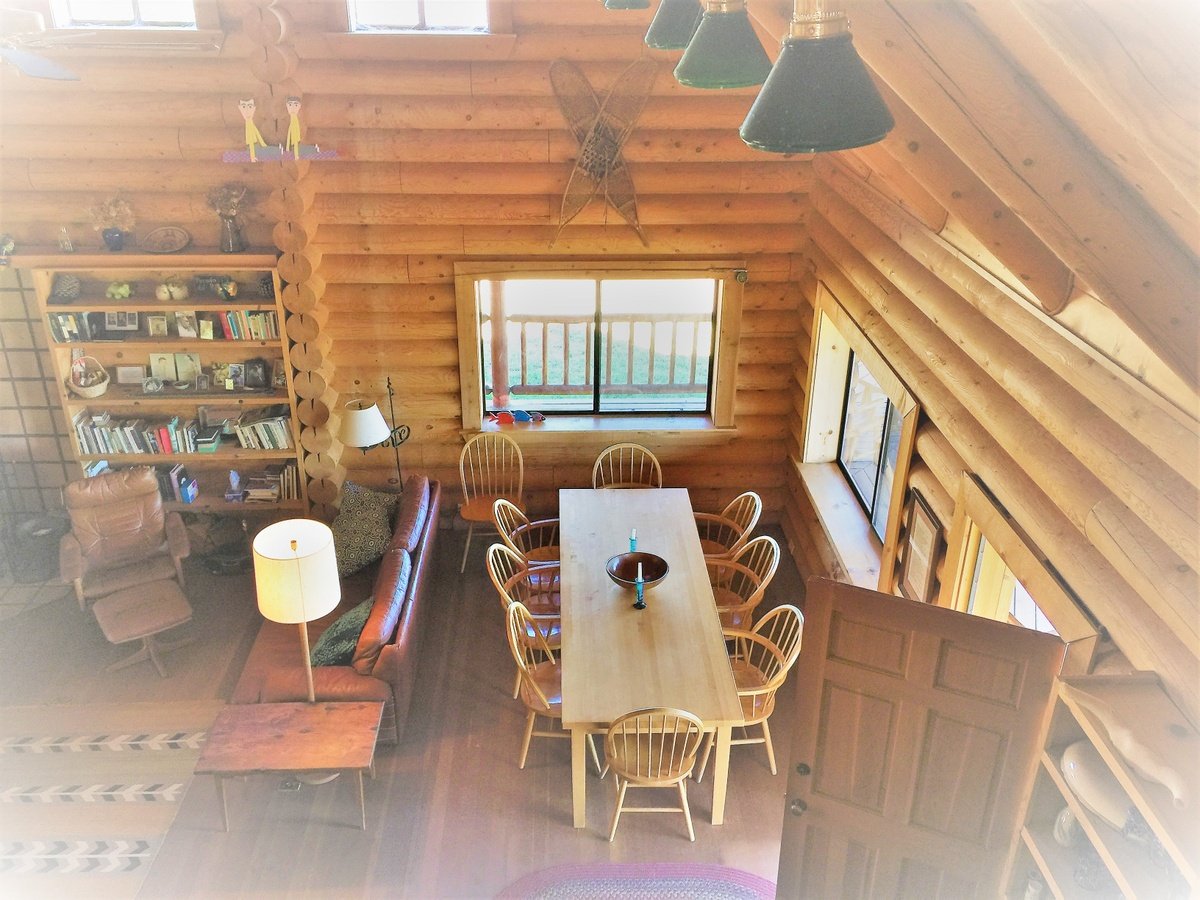







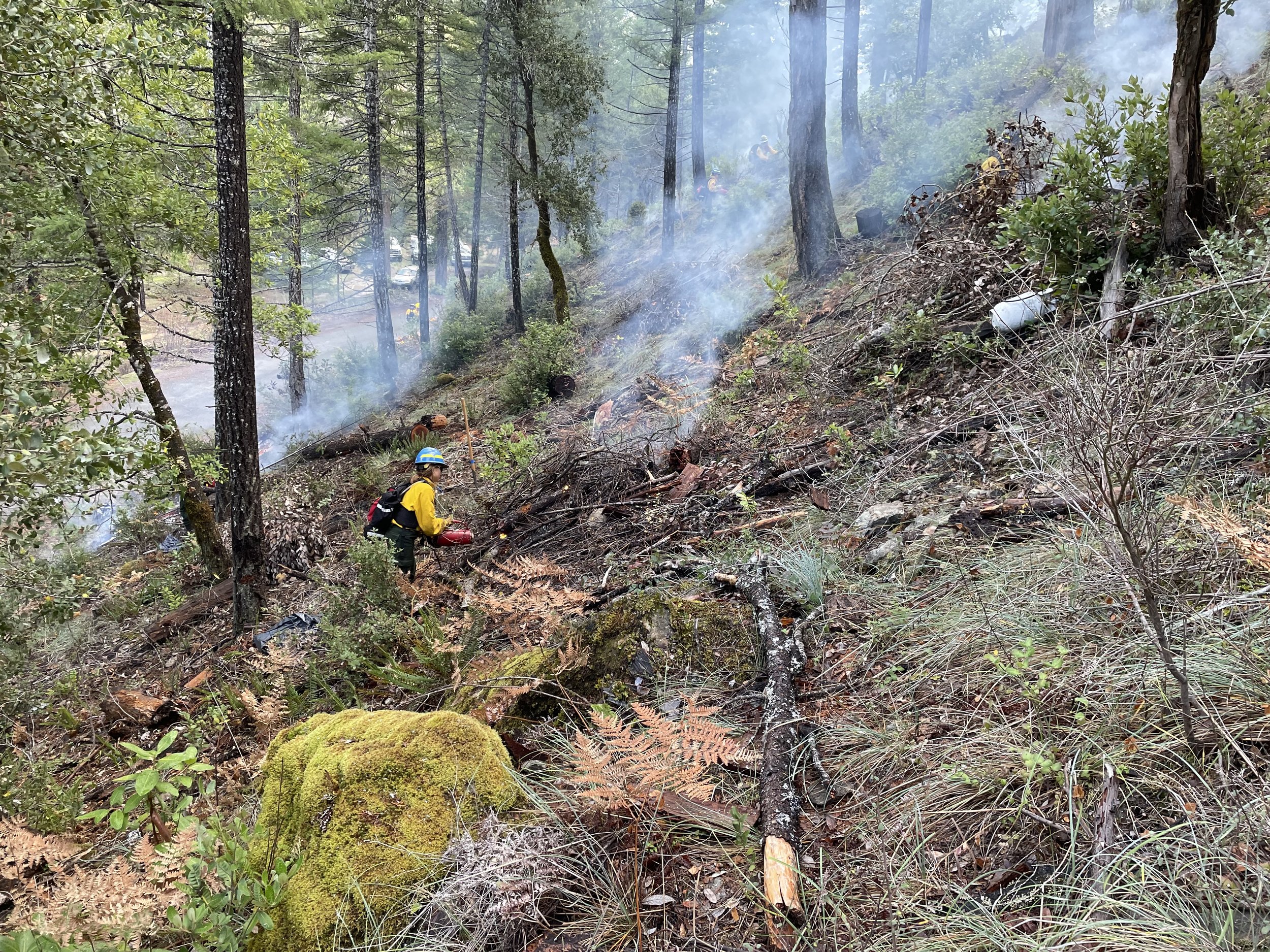












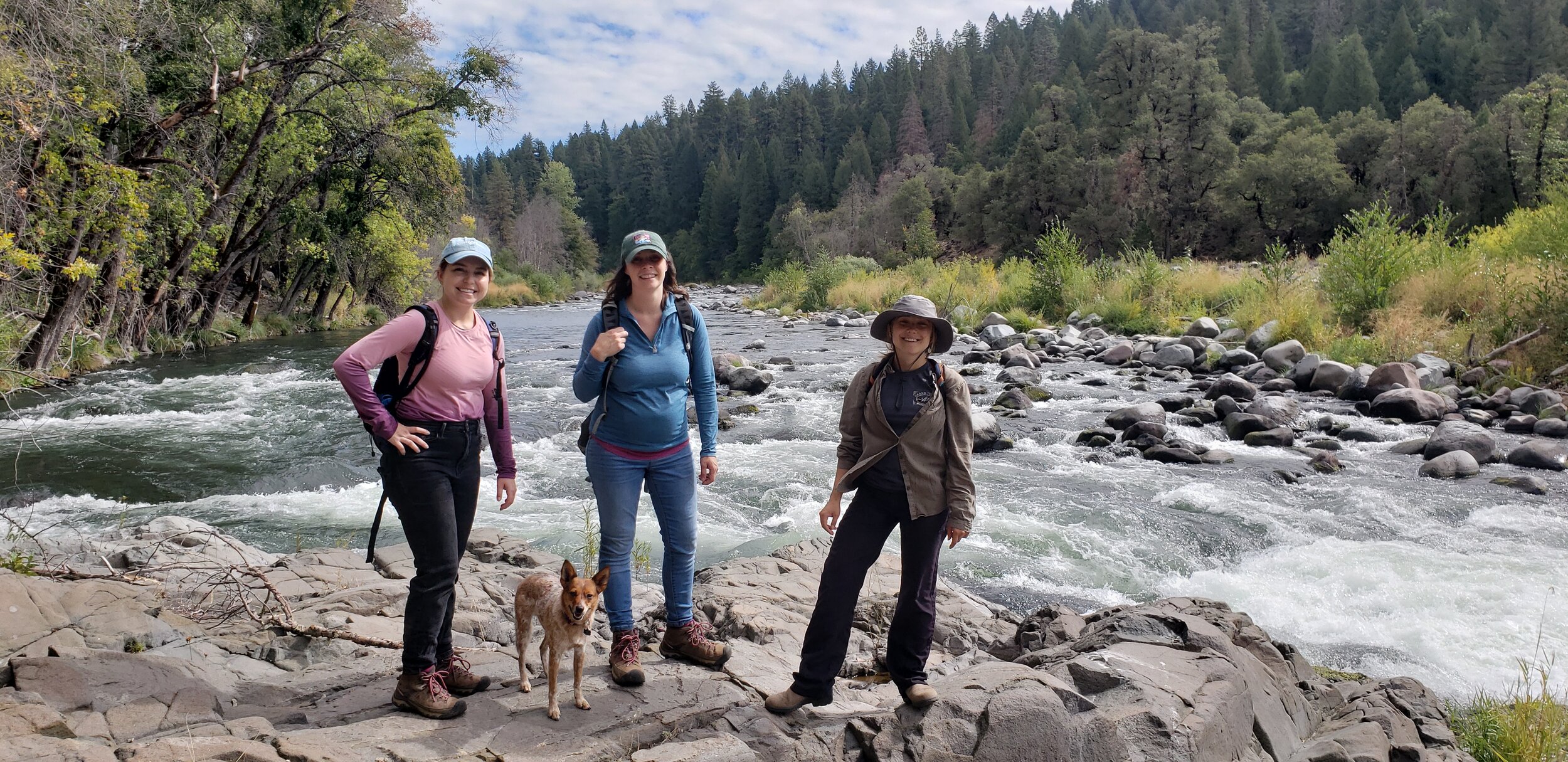




![Prather-Logo-Build-150dpi[1].gif](https://images.squarespace-cdn.com/content/v1/53f372c4e4b060e97b8ed7fe/1620246992831-E9LG2DMIU9XVZRDQKHNK/Prather-Logo-Build-150dpi%5B1%5D.gif)
















